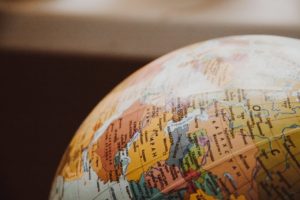Beyond the essential ideas of broad access to food, housing, quality education, health care, and employment, quality of life also may include intangibles such as job security, political stability, individual freedom, and environmental quality. Through all phases of life, these countries are seen as treating their citizens well.
Part of the overall Best Countries rankings from U.S. News, the Quality of Life sub-ranking is based on an equally weighted average of scores from nine country attributes that relate to the quality of life in a country: affordable, a good job market, economically stable, family friendly, income equality, politically stable, safe, well-developed public education system, and well-developed public health system.
For more information on how we rank, read the Best Countries methodology.
1. Sweden
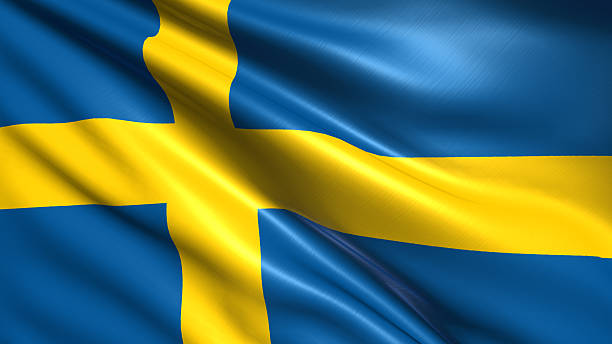
#1 in Quality of Life
#3 in Best Countries Overall
GDP $586 billion
GDP PER CAPITA, PPP $64,578
POPULATION 10.5 million
The Kingdom of Sweden, flanked by Norway to the west and the Baltic Sea to the east, expands across much of the Scandinavian Peninsula and is one of the largest countries in the European Union by land mass. The capital city Stockholm was founded in the 13th century, and border disputes through the Middle Ages established the modern-day nation.
Despite its militaristic roots, Sweden has remained neutral in times of war for centuries. Instead, its commitment to human rights, public service, and sustainability has helped to make it a respected leader in international affairs.
Sweden operates under a model similar to those of other Nordic nations: heavily capitalistic with a large percentage of spending going toward public service. Once well above the global average, tax rates have decreased, and an advanced infrastructure and transportation network assist with equal wealth distribution. Health care, as well as a college education, are free, and its people boast one of the longest life expectancies in the world. Almost all of Sweden’s trash is recycled.
Swedes are some of the world’s most generous people, donating about 1 percent of the gross national product to humanitarian aid programs each year. The society has continued to diversify, due in part to refugees who have been welcomed into Swedish borders… Read more
2. Norway
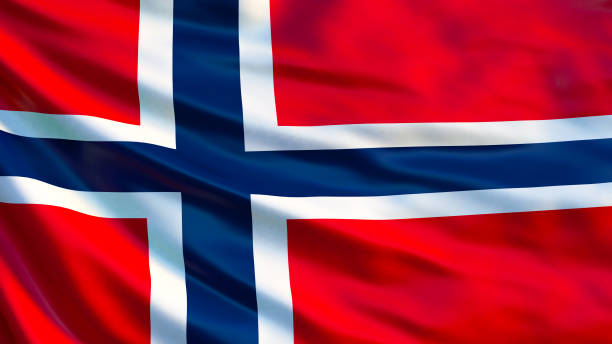
#2 in Quality of Life
#11 in Best Countries Overall
GDP $579 billion
GDP PER CAPITA, PPP $114,899
POPULATION 5.46 million
The Kingdom of Norway is the westernmost country in the Scandinavian peninsula, made up mostly of mountainous terrain. Nearly all of its population lives in the south, surrounding the capital, Oslo. Norway’s coastline is made up of thousands of miles of fjords, bays, and island shores.
The Norwegians developed a maritime culture, and were active throughout the Viking era, establishing settlements in Iceland and Greenland. For many years, Norway’s fate was tied to Denmark and Sweden. In 1905, Norway gained independence from Sweden through a referendum. The country was neutral during World War I and was invaded and occupied by Nazi Germany during World War II.
Norway is a high-income nation with a vibrant private sector and a substantial safety net. Discovery of oil and gas off the coast in the 1960s gave the country an economic boost and today Norway is one of the world’s leading petroleum exporters.
Norway’s roughly 5 million people live in a constitutional monarchy. The prime minister, the head of government, is nominally chosen by the monarch with the approval of the legislature. About 80 percent of people are Evangelical Lutherans, according to the CIA World Factbook. Higher education is mostly free… Read more
3. Canada
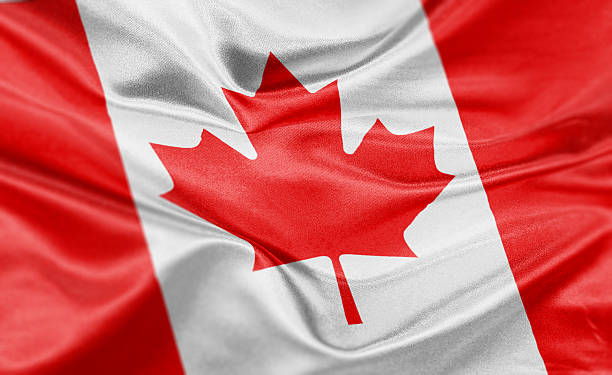
#3 in Quality of Life
#2 in Best Countries Overall
GDP $2.14 trillion
GDP PER CAPITA, PPP $58,400
POPULATION 38.9 million
Canada takes up about two-fifths of the North American continent, making it the second-largest country in the world after Russia. The country is sparsely populated, with most of its residents living within 125 miles of its border with the United States. Canada’s expansive wilderness to the north plays a large role in Canadian identity, as does the country’s reputation of welcoming immigrants.
Although the Norse briefly settled in Canada during the 10th century, European exploration accelerated in the 1500s. France and Britain angled for control over the region, with the British cementing their dominance in the year 1763. The country was a collection of British colonies until it became a self-governing dominion in 1867.
Canadians pride themselves in encouraging all of their citizens to honor their own cultures. In 1971, Canada adopted a national policy of multiculturalism, which celebrates the country’s diversity. At the same time, Canada faces national challenges related to the concerns of indigenous people and those in the predominantly French-speaking province of Quebec. While constitutional guarantees allow the province wide-ranging cultural and linguistic autonomy, movements for complete independence come in waves… Read More
4. Denmark
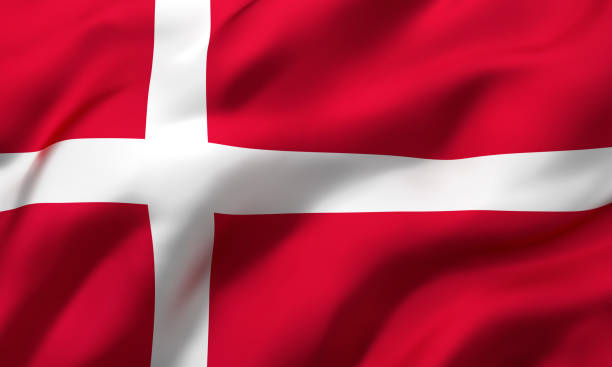
#4 in Quality of Life
#13 in Best Countries Overall
GDP $395 billion
GDP PER CAPITA, PPP $74,005
POPULATION 5.90 million
The Kingdom of Denmark emerged in the 10th century and includes two North Atlantic island nations, the Faroe Islands and Greenland. Along with Sweden and Norway, it forms Scandinavia, a cultural region in Northern Europe.
Copenhagen, Denmark’s capital, is home to notable institutions such as the Copenhagen Stock Exchange. The capital also serves as a hub connecting Northern Europe with the rest of the world, with the largest international airport in Scandinavia, an active port, a subway system, and the Oresund Bridge, connecting the city to Malmo, Sweden.
Since 1849, Denmark has operated under a constitutional monarchy. Queen Margrethe II is the current ceremonial head of state and Mette Frederiksen is prime minister. The Folketing is Denmark’s supreme legislative body; its members are elected by the Danish people. The Danish government is perceived as highly stable and very transparent.
Through progressive taxation, Denmark employs a universal healthcare system in which citizens receive mostly free medical care. Higher education is also free. Unsurprisingly, Denmark’s highly progressive government and societal structure create incredible social mobility… Read more
5. Finland
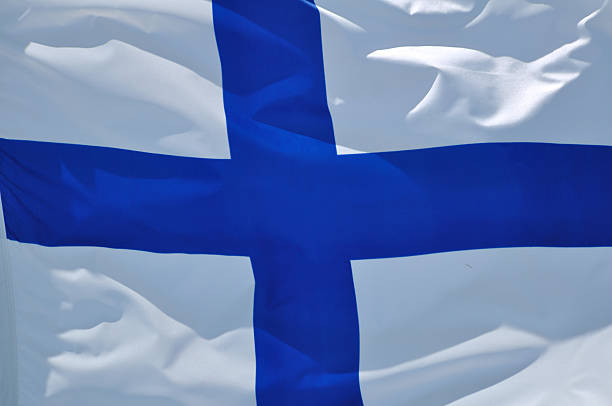
#5 in Quality of Life
#14 in Best Countries Overall
GDP $281 billion
GDP PER CAPITA, PPP $59,027
POPULATION 5.56 million
Geography defines the history and culture of Nordic Finland, one of the most northern-reaching countries in the world. Bordered by Norway, Sweden, Russia, the Baltic Sea and the Gulf of Bothnia, Finland and its vast stretches of heavily forested open land acts as a northern gate between West and East.
Finland is a bilingual country – Finnish and Swedish are both official languages.
Sweden and Russia alternatively ruled Finland from the late 12th to early 20th centuries. The country declared independence following the Russian Revolution and in 2017, Finland celebrated 100 years of independence. Finnish culture played an essential role in establishing national identity. The “Kalevala,” a 19th-century collection of poems compiled from folk song ballads, is viewed as helping solidify the Finnish spirit.
Finland, which functions today as a parliamentary democracy, is an international leader in providing education, and it ranks high for its performances in civil rights, press freedom, and quality of life. The country was one of the first in the world to grant women the right to vote and was the first country to legalize universal suffrage, the right to both vote and run for office… Read more
6. Switzerland
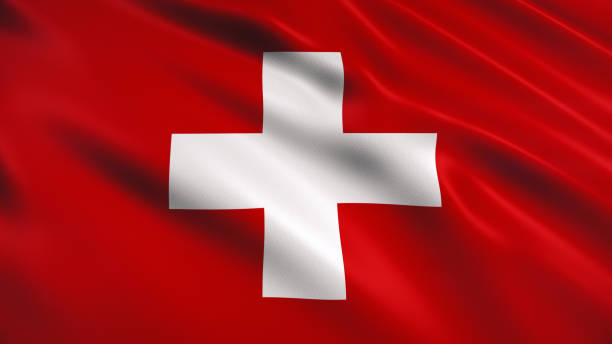
#6 in Quality of Life
#1 in Best Countries Overall
GDP $808 billion
GDP PER CAPITA, PPP $83,598
POPULATION 8.77 million
Switzerland, officially called the Swiss Confederation, is a small country in Central Europe made up of 16,000 square miles of glacier-carved Alps, lakes, and valleys. It is one of the world’s wealthiest countries and has been well-known for centuries for its neutrality.
The Swiss Confederation was initially founded in 1291 as a defensive alliance among cantons. In 1499, the confederation became independent from the Holy Roman Empire. In 1848, a new constitution turned the confederation into a centralized federal government, ending a period of conflict. Since then, the country has enjoyed relative tranquility.
Switzerland has low unemployment, a skilled labor force, and one of the highest gross domestic products per capita in the world, according to the CIA World Factbook. The country’s strong economy is powered by low corporate tax rates, a highly developed service sector led by financial services, and a high-tech manufacturing industry.
Switzerland is a federal republic made up of 26 cantons and an administrative capital in Bern. Most of its citizens live in towns and cities, the most populous of which is Zurich– the most cosmopolitan of the country’s cities. The country prides itself on its diversity and is home to regions with distinct cultural identities. German, French, Italian, and Romansh languages all enjoy national status… Read more
7. Netherlands
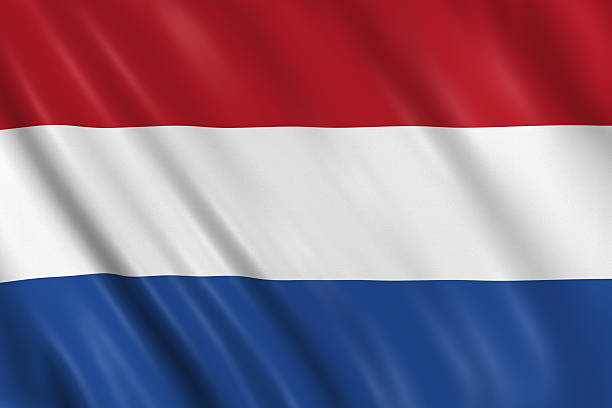
#7 in Quality of Life
#10 in Best Countries Overall
GDP $991 billion
GDP PER CAPITA, PPP $69,577
POPULATION 17.7 million
Situated along the fringes of Western Europe, the Netherlands is a coastal lowland freckled with windmills characteristic of its development around the water. Three major European rivers – the Rhine, Meuse, and Schelde – run through neighbors Germany and Belgium into the nation’s busy ports.
The Kingdom of the Netherlands emerged in 1815 after years of Spanish and later French occupation. In 2010, a collection of island territories in the Caribbean known as the Dutch Antilles was disbanded, but Aruba, Curacao, and Sint Maarten remain constituent countries within the Kingdom.
Known as Dutch, the people of the Netherlands have formed what has long been considered a tolerant society, though some politicians are increasingly voicing concerns over immigration. In 2001, the country became the first to legalize same-sex marriage, and national stances on drugs, prostitution, euthanasia, and abortion are liberal. The country also boasts the highest concentration of museums in the world. It was the birthplace of Rembrandt and Van Gogh, as well as the microscope, telescope, and thermometer.
More than 1,000 bridges and 20,000 miles of bike paths connect the densely populated nation, with most citizens concentrated in a grouping of cities along the coast, known as the Randstad. Much of the country is underwater, and the 60 million people that touch down in capital city Amsterdam’s Schiphol Airport each year land more than a dozen feet below sea level… Read more
8. Australia
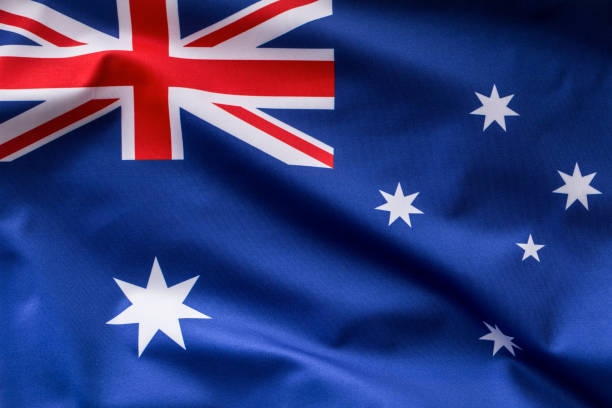
#8 in Quality of Life
#4 in Best Countries Overall
GDP $1.68 trillion
GDP PER CAPITA, PPP $62,625
POPULATION 26.0 million
The Commonwealth of Australia occupies the Australian continent. The country also includes some islands, most notably Tasmania. Indigenous people occupied the land for at least 40,000 years before the first British settlements of the 18th century.
Australia has a parliamentary democracy government similar to the United Kingdom. While it separates its federal government into “three arms” – parliament, executive, and judiciary – the executive answers to the parliament. In 1986 the nation ended all constitutional ties to the United Kingdom, although Queen Elizabeth II remains the ceremonial head of state.
Since the late 18th century, Australia has been influenced by British, Celtic, and U.S. cultures. In recent decades, however, immigration from non-English-speaking nations – primarily from Asia – has altered the nation’s demographic profile and influenced its popular culture.
Australia is considered a wealthy nation with a market-based economy that has a comparatively high gross domestic product and per capita income. Its economy is driven by the service sector and the export of commodities.
9. Germany
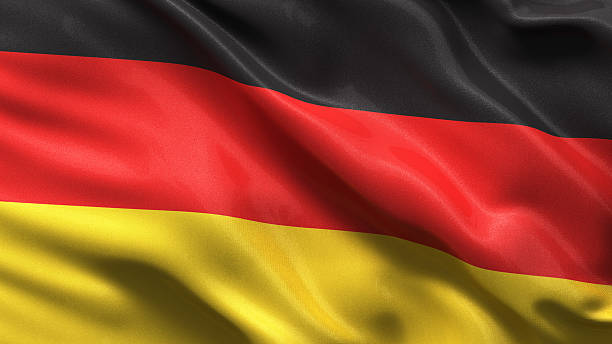
#9 in Quality of Life
#7 in Best Countries Overall
GDP $4.07 trillion
GDP PER CAPITA, PPP $63,150
POPULATION 84.1 million
Germany, the most populous nation in the European Union, possesses one of the largest economies in the world and has seen its role in the international community grow steadily since reunification. The Central European country borders nine nations, and its landscape varies, from the northern plains that reach the North and Baltic seas to the Bavarian Alps in the south.
Germanic-speaking tribes in northern Europe date to antiquity, but the modern German state took shape in the 19th century. Defeats in the two world wars of the 20th century left the country divided, and reunification occurred in 1990 following the collapse of the East German communist state. Germany is a parliamentary democracy. The legacy of Nazism expresses itself today in the form of tough laws that address both hate speech and the denial of the Holocaust.
Germany employs a social market economy – open-market capitalism that also carries certain social service guarantees. Its economy is one of the world’s largest and Germany is one of the globe’s leading importers and exporters. Services, which include industries such as telecommunications, health care, and tourism, contribute the greatest amount to the country’s economy. Industry and agriculture are other significant economic sectors.
10. New Zealand
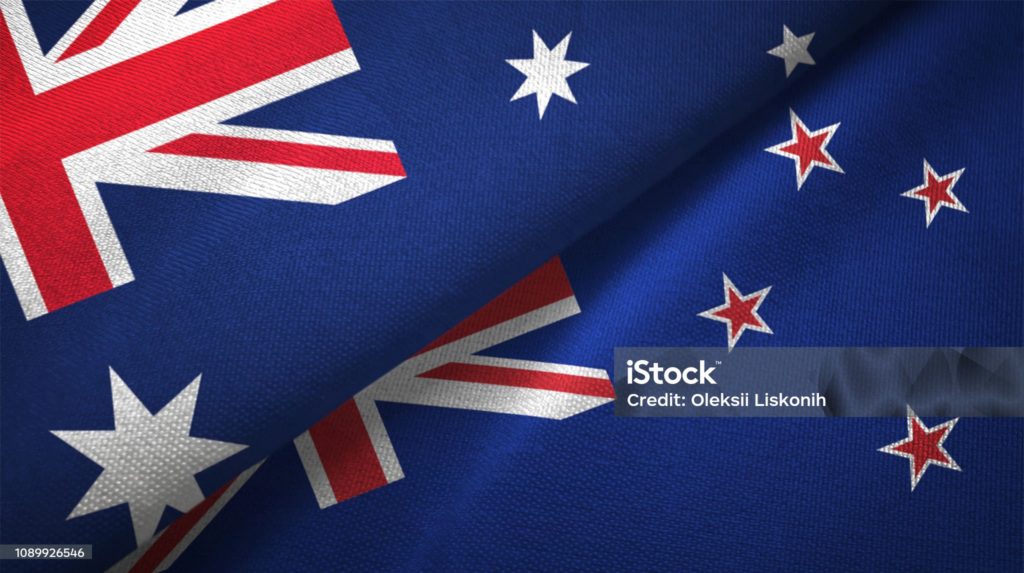
#10 in Quality of Life
#8 in Best Countries Overall
GDP$247 billion
GDP PER CAPITA, PPP$51,967
POPULATION5.12 million
British and Polynesian influences course through picturesque New Zealand, an island nation in the Pacific Ocean southeast of Australia. Early Maori settlers ceded sovereignty to British invaders with the Treaty of Waitangi in 1840, and European settlers flooded in.
Today, 70 percent of Kiwis, a common term for the people of New Zealand after a native flightless bird, are of European descent. A sense of pride has surged among the Maori, the country’s first settlers who now account for about 14 percent, as homeland grievances become more openly addressed.
Though the British monarch remains head of state, New Zealand has operated under an independent parliamentary democracy led by a prime minister since its independence in 1907. In 2017, Prime Minister Jacinda Ardern led the Progressive Labour party to victory and became the youngest female leader in the world.
The majority of New Zealand’s population is concentrated in the north island, with nearly one-third living in Auckland alone. But low density and scattered populations make for peaceful exploration of the nation’s impressive mountains and pristine beaches of “Lord of the Rings” trilogy movie fame.
New Zealand saw impressive growth and transformation in the decades following independence. The export market, abounding with dairy, sheep, beef, poultry, fruit, vegetables and wine, was opened beyond the U.K., and manufacturing and tourism were expanded. Per capita income remains high and education expenditures as a percent of gross domestic product are some of the highest in the world.

